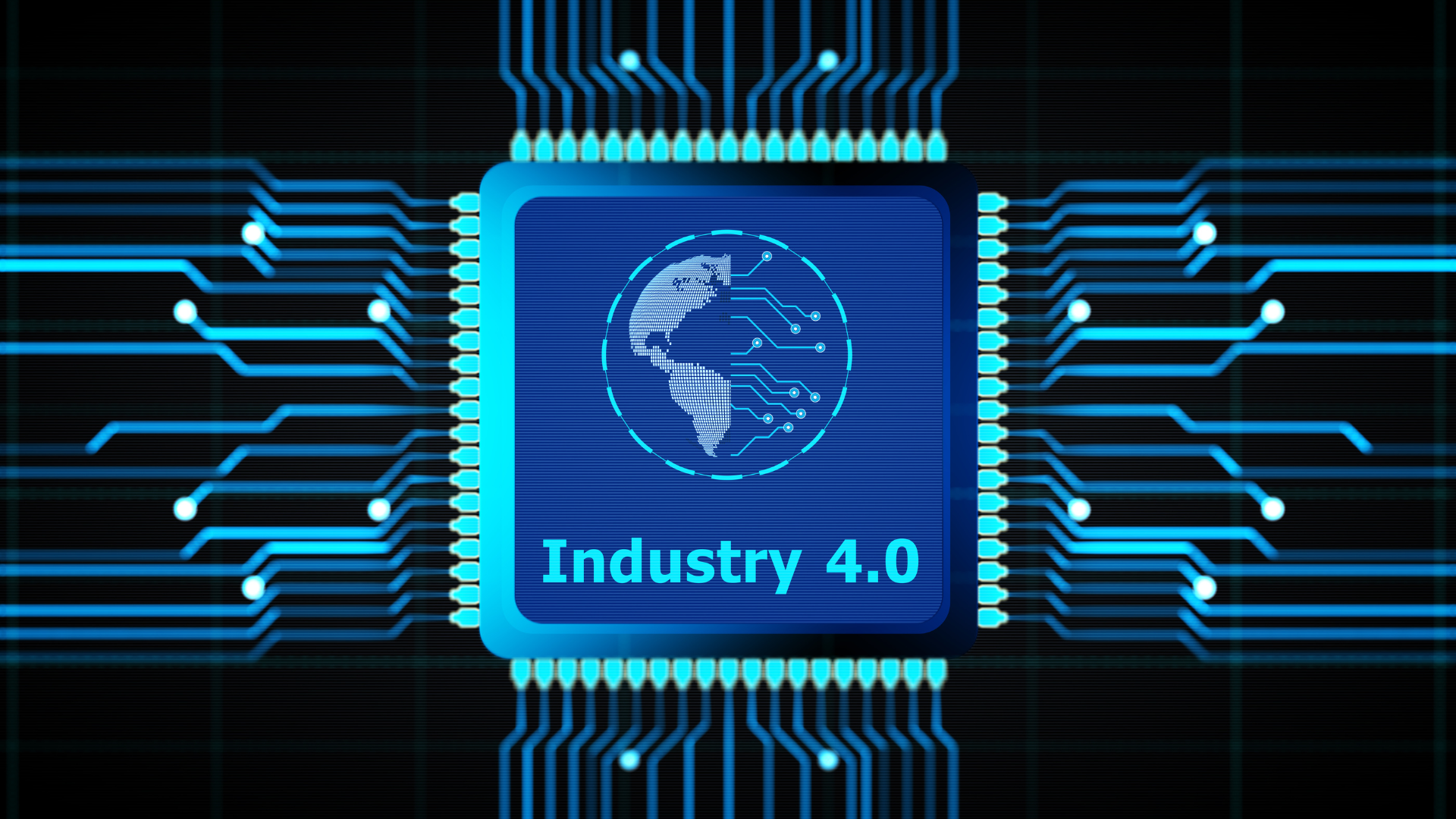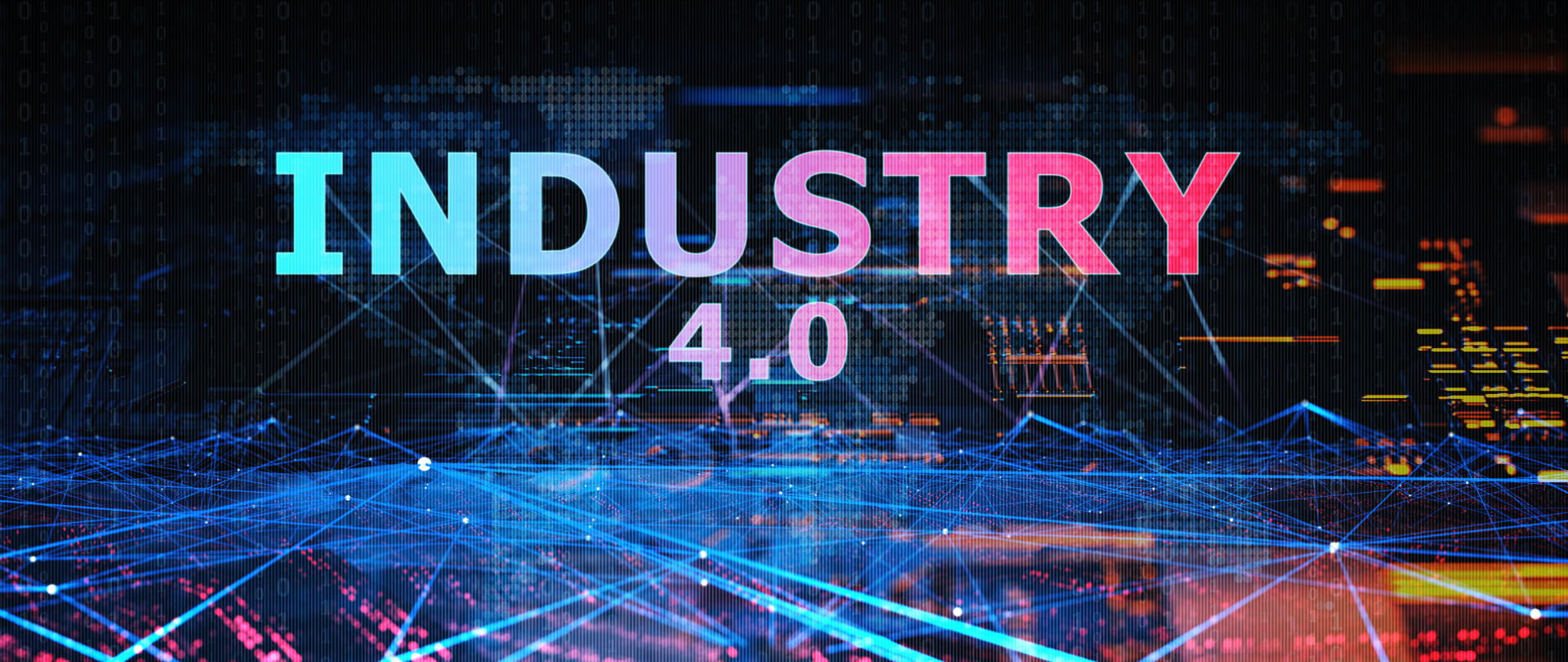Industry 4.0 Introduction
What is Industrial 4.0 Introduction?
Industry 4.0 marks the latest phase in the evolution of manufacturing processes, characterized by the integration of digital technologies into industrial systems. Its introduction represents a paradigm shift, leveraging advanced technologies like the Internet of Things (IoT), artificial intelligence (AI), big data analytics, and automation to optimize manufacturing processes and drive efficiency. Industry 4.0 aims to create "smart factories" where machines, products, and systems communicate with each other autonomously, leading to enhanced productivity, flexibility, and cost-effectiveness. In a typical
Industry 4.0 Examples PPT presentation, key concepts such as cyber-physical systems, interoperability, and decentralized decision-making are often highlighted to illustrate the transformative potential of this industrial revolution. By harnessing the power of data and connectivity, Industry 4.0 in manufacturing enables real-time monitoring, predictive maintenance, and customization of products to meet evolving consumer demands, ultimately paving the way for a more agile and competitive manufacturing landscape.

What is Industry 4.0 for Dummies?
Industry 4.0, simplified for beginners, refers to the fourth industrial revolution characterized by the integration of digital technologies into manufacturing processes. Picture it as the fusion of traditional manufacturing with cutting-edge technologies like the Internet of Things (IoT), artificial intelligence (AI), and big data analytics. In an Industry 4.0 context, machines, products, and systems communicate with each other autonomously, leading to smarter, more efficient production processes. Think of it as creating "smart factories" where everything is interconnected and optimized for performance. If you're looking to delve deeper into Industry 4.0 concepts, you might find helpful resources like Industry 4.0 technologies PDF documents or Industry 4.0 presentation PDF files, which often provide comprehensive overviews of the technologies and strategies driving this industrial revolution.
What is Industry 4.0 Meaning?
Industry 4.0, also known as the fourth industrial revolution, signifies the integration of digital technologies into manufacturing and industrial processes. It represents a significant shift in how goods are produced, utilizing technologies like the Internet of Things (IoT), artificial intelligence (AI), robotics, and data analytics to create "smart factories." In an Industry 4.0 context, machines are interconnected and capable of autonomous decision-making, leading to increased efficiency, productivity, and flexibility in manufacturing operations. Industry 4.0 PPT presentations often highlight key features such as cyber-physical systems, real-time data analytics, and decentralized decision-making to illustrate the transformative potential of this industrial paradigm. It's worth noting that while Industry 4.0 focuses on automation and digitization, Industry 5.0, the potential successor, emphasizes the collaboration between humans and machines, aiming to harness the unique strengths of both for more innovative and sustainable production processes.
What Was the Industrial Revolution Introduction
The Industrial Revolution, beginning in the late 18th century, transformed economies through technological innovations like the steam engine and mechanized production, shifting from agrarian to industrialized societies. Today, Industry 4.0 signifies the latest evolution, employing digital technologies such as IoT, AI, and big data to create efficient manufacturing systems. Industry 4.0 technologies PDFs often detail these advancements.
Moving forward, Industry 5.0 prioritizes human-machine collaboration, aiming for innovative and sustainable manufacturing processes. Unlike previous phases focused on automation, Industry 5.0 emphasizes synergy between human creativity and machine capabilities, ushering in a new era of industrial revolution.
Is Industry 4.0 Still Relevant?
Yes, Industry 4.0 remains highly relevant in the current industrial landscape. While the term was coined several years ago, its principles and technologies continue to shape and transform manufacturing and industrial processes globally. Industry 4.0, often described in comprehensive guides like Industry 4.0 meaning PDF documents, represents a significant advancement over its predecessor, Industry 3.0. Unlike the third industrial revolution, which introduced computerization and automation to manufacturing, Industry 4.0 goes further by integrating digital technologies such as the Internet of Things (IoT), artificial intelligence (AI), and big data analytics. These technologies enable interconnected, intelligent systems capable of autonomous decision-making and real-time optimization, leading to enhanced efficiency, productivity, and agility in manufacturing operations.
What is the Introduction of the 4th Industrial Revolution?
The introduction of the fourth industrial revolution represents a pivotal moment in the evolution of industry and technology. It marks the integration of digital technologies into manufacturing processes, ushering in an era of unprecedented connectivity, automation, and data-driven decision-making. Industry 4.0 examples abound, showcasing how technologies like the Internet of Things (IoT), artificial intelligence (AI), robotics, and big data analytics are transforming traditional manufacturing paradigms. For instance, in smart factories, IoT sensors collect real-time data from machines, enabling predictive maintenance and optimizing production schedules. AI algorithms analyze vast amounts of data to improve quality control and enable autonomous decision-making, while collaborative robots, or cobots, work alongside human workers to enhance productivity and safety. These examples illustrate how Industry 4.0 is revolutionizing manufacturing processes, driving efficiency, innovation, and competitiveness in the global market.
What is Industry 4.0 in Simple Terms?
Industry 4.0, simply put, refers to the integration of advanced digital technologies into manufacturing processes. It represents the fourth industrial revolution and encompasses innovations like the Internet of Things (IoT), artificial intelligence (AI), robotics, and big data analytics. In manufacturing, Industry 4.0 brings about transformative changes, optimizing production through automation, connectivity, and data-driven insights. The key impacts of the fourth industrial revolution include enhanced efficiency, productivity, and flexibility in manufacturing operations. By leveraging these technologies, factories become smarter and more agile, capable of adapting to changing demands and delivering higher-quality products at reduced costs. Overall, Industry 4.0 revolutionizes manufacturing by harnessing the power of digital technologies to drive innovation and competitiveness in the global market.
What are the Industry 4.0 Standards?
Industry 4.0 standards encompass the guidelines and protocols that govern the integration and implementation of digital technologies in manufacturing processes. These standards ensure interoperability, security, and efficiency across various systems and devices involved in Industry 4.0 initiatives. They define common frameworks for communication, data exchange, and connectivity, facilitating seamless interaction between machines, sensors, and other components within smart manufacturing environments. Some key Industry 4.0 standards include communication protocols like OPC UA (Open Platform Communications Unified Architecture), which enables secure and reliable data exchange between industrial automation systems, and ISO 27001, which outlines best practices for information security management. These standards play a crucial role in promoting the widespread adoption and successful implementation of Industry 4.0 technologies, ultimately driving innovation, productivity, and competitiveness in manufacturing industries.
Fourth Industrial Revolution Summary
The Fourth Industrial Revolution, often referred to as Industry 4.0, represents a transformative period in human history marked by the fusion of digital technologies with traditional industrial processes. It builds upon previous industrial revolutions by integrating advanced technologies such as the Internet of Things (IoT), artificial intelligence (AI), robotics, and big data analytics into manufacturing and production systems. This convergence enables the creation of "smart factories" where machines, products, and systems communicate and collaborate autonomously, leading to increased efficiency, productivity, and innovation. The Fourth Industrial Revolution is characterized by its ability to drive unprecedented levels of automation, customization, and connectivity across industries, reshaping economies, societies, and the way we live and work.
Fourth Industrial Revolution Essay PDF
The Fourth Industrial Revolution, or Industry 4.0, represents a pivotal moment in human history, characterized by the integration of digital technologies into various spheres of life. This essay explores its key features, impacts, and challenges, highlighting its transformative effects on society and the economy.
The Fourth Industrial Revolution drives efficiency, productivity, and innovation across industries, creating new job opportunities while transforming existing ones. However, it also poses challenges such as job displacement and concerns about data privacy and cybersecurity.
The Fourth Industrial Revolution holds immense potential to drive progress, but also requires careful management to mitigate its challenges. By addressing issues of inequality and sustainability, we can harness its benefits for the betterment of society and the economy.

You might also like



